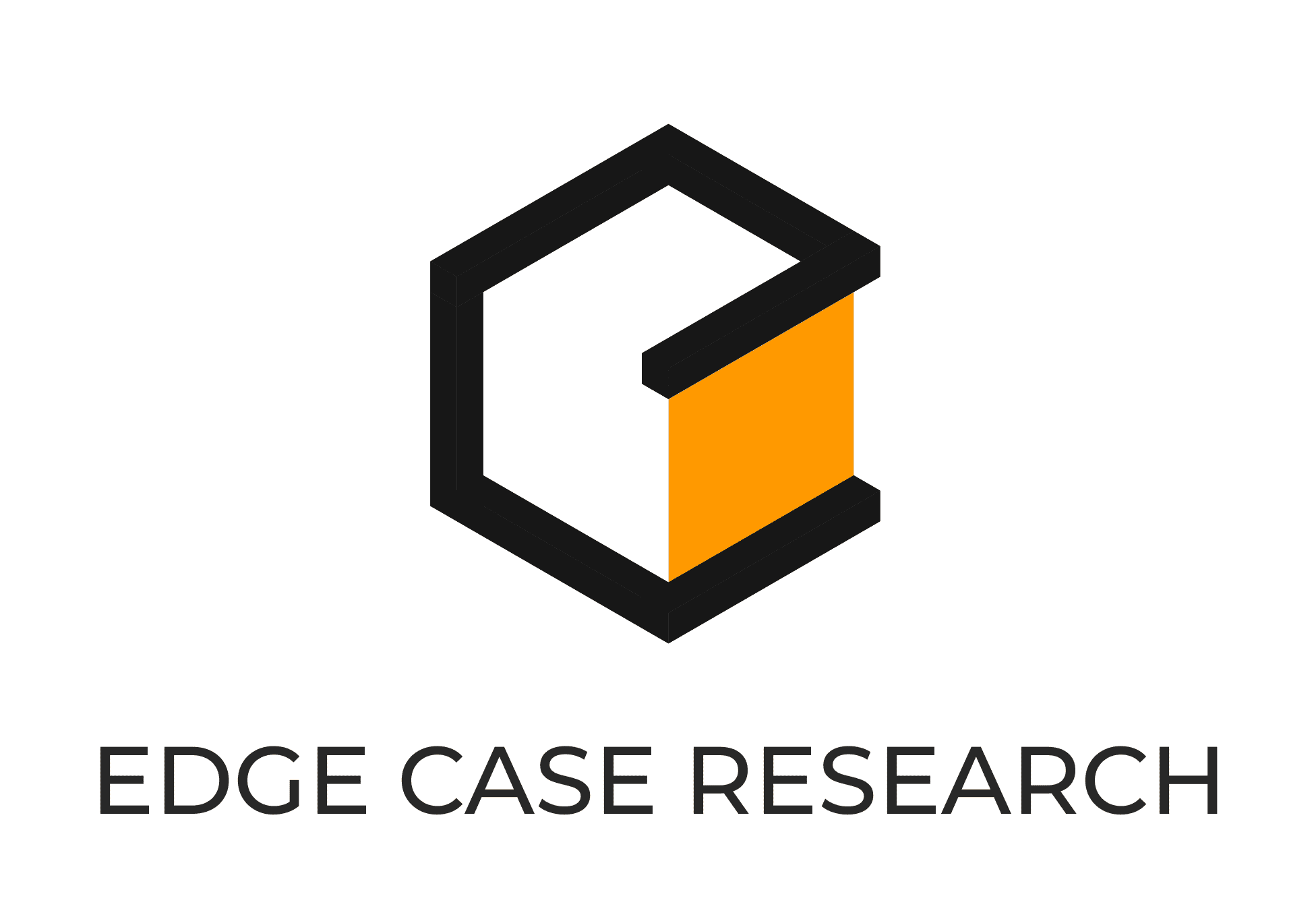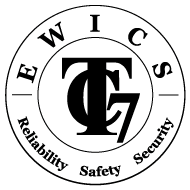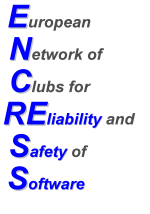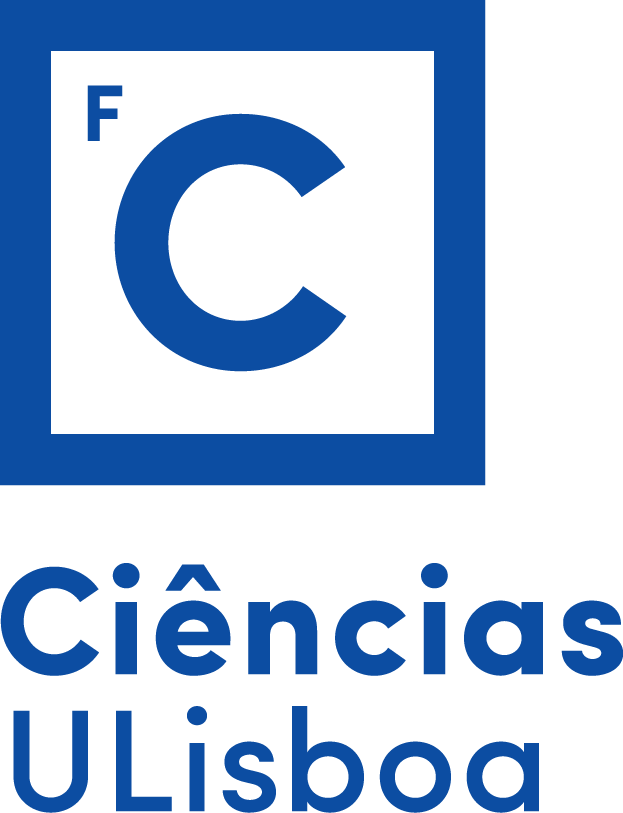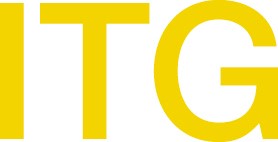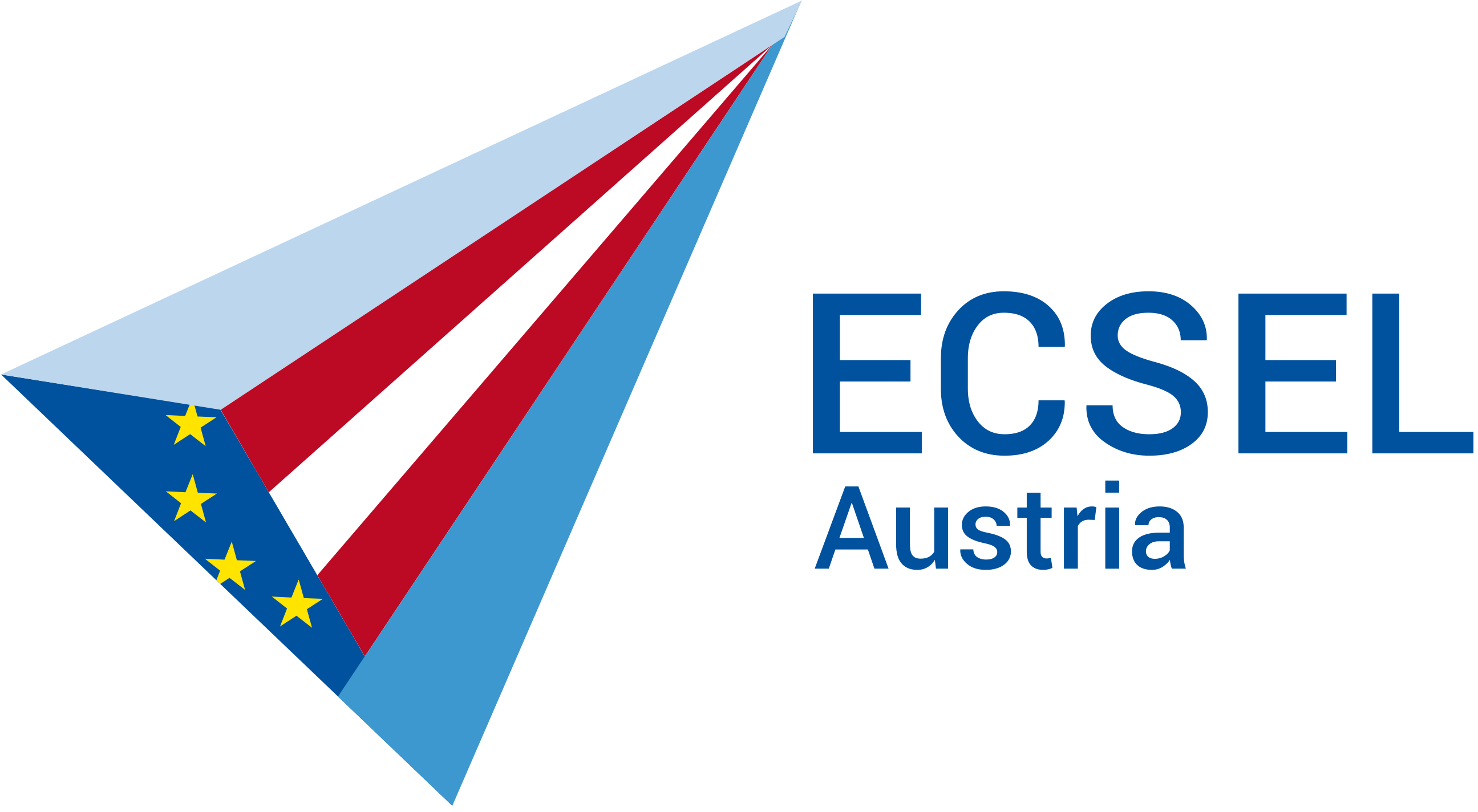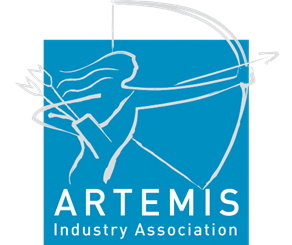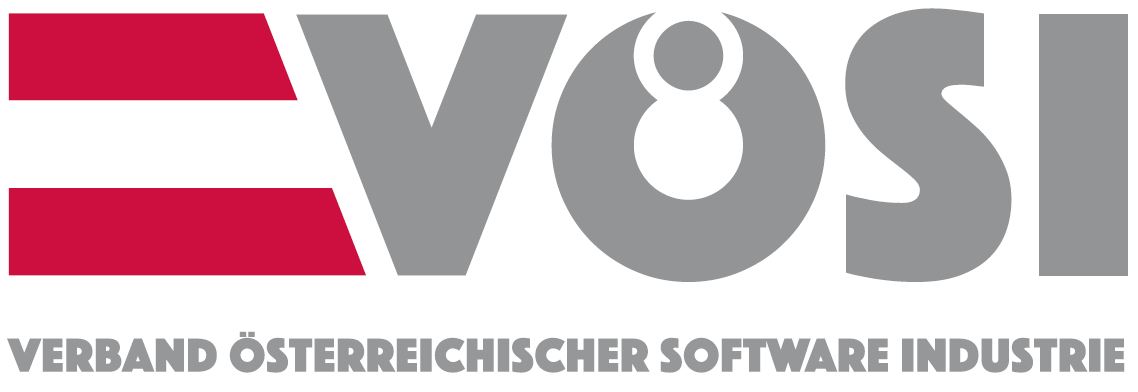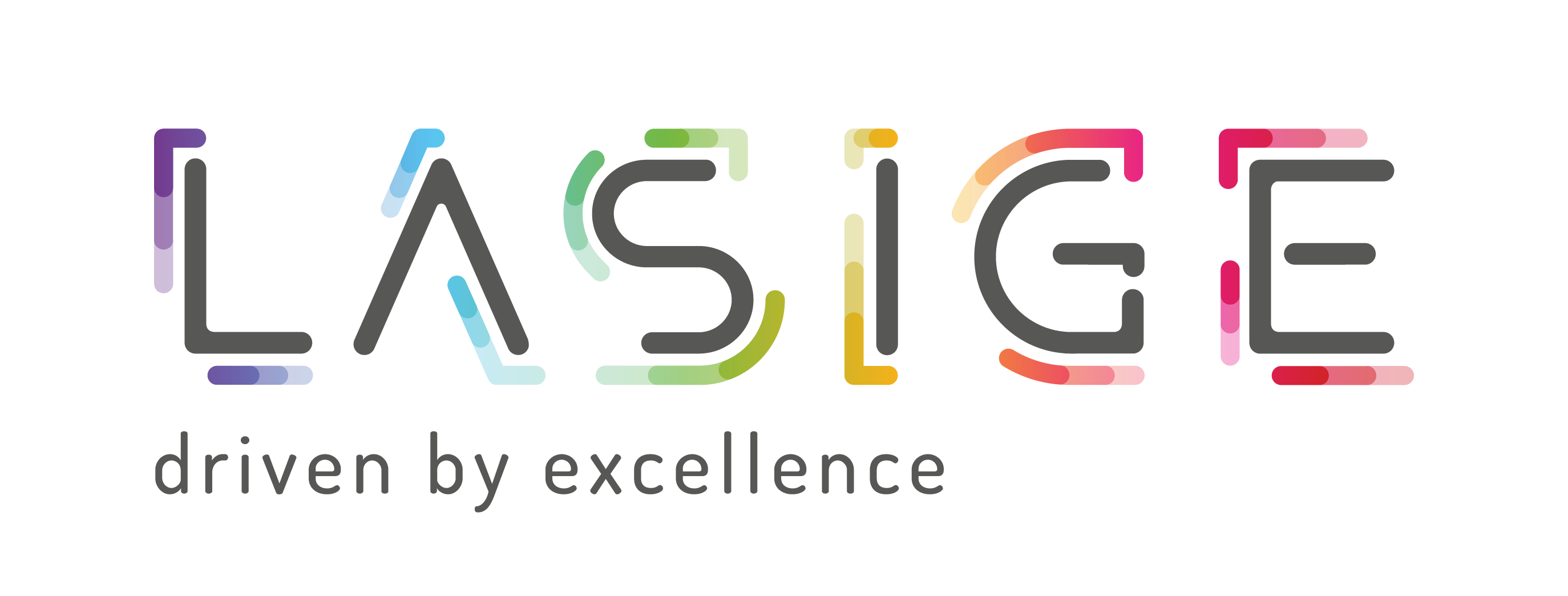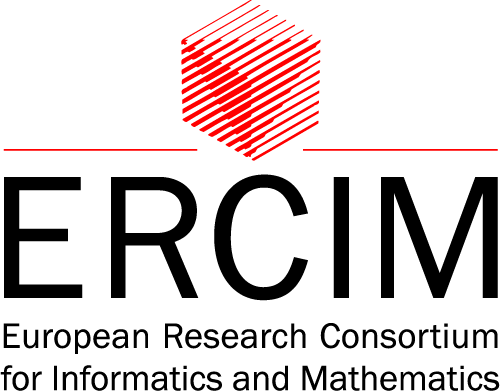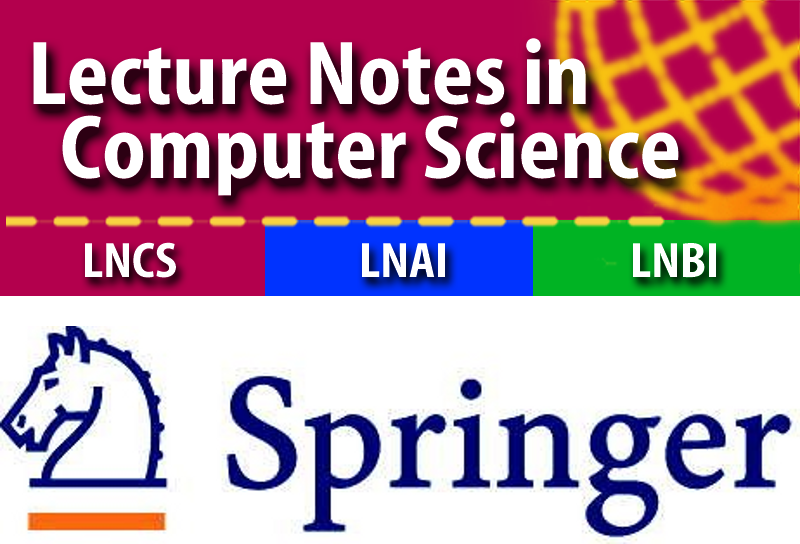
Guillaume Soudain
Short biography
Guillaume Soudain has been working since 2006 as a Software and Airborne Electronic Hardware Expert in the Certification Directorate of the European Aviation Safety Agency (EASA). In 2014, he has been appointed Software Senior Expert and since then is in charge of the coordination of the Software aspects of certification within the Agency.
Guillaume was a member of the EUROCAE WG-71/RTCA SC-205 joint committee in charge of producing the Software standard ED-12C/DO-178C and its associated documents.
He is currently leading the EASA task force on Artificial Intelligence with the objective of implementing the EASA AI roadmap. He is a member of the joint EUROCAE WG-114/SAE G-34 working group on Artificial Intelligence.
Towards AI trustworthiness
Deep learning opens up promising prospects for aviation as in many other fields. However, it raises the crucial question of the level of confidence that can be placed in these techniques when used in safety-critical applications and of their compatibility with strict certification requirements.
EASA has published its Artificial Intelligence Roadmap at the beginning of 2020, with a view to enabling the approval of AI-based solutions and with an initial focus on machine learning techniques. Guillaume Soudain, Software Senior Expert and AI project leader at EASA, will present the perspectives of this roadmap.
The key questions we are trying to answer are: how to build public confidence in artificial intelligence? How to prepare the certification of machine learning solutions? And how to prepare the future of this rapidly evolving field of computer science?

Jonas Nilsson
Short biography
Jonas Nilsson is a senior system safety architect at NVIDIA. His focus is on architecture and safety assurance for NVIDIA’s autonomous driving products and he is the technical lead for perception and AI/DNN safety. He has been at Nvidia since 2018.
Between 2007 and 2017 he was with Volvo Cars, initially developing verification methods for active safety systems and from 2014 responsible for safety assurance of self-driving vehicles. In 2017, he joined Zenuity, a newly formed joint venture of Volvo Cars and Veoneer, as the technical lead for autonomous driving safety.
He received the Ph.D. in Mechatronics from Chalmers University of Technology, Gothenburg, Sweden in 2014, a M.Sc. in vehicle engineering from the Royal Institute of Technology (KTH), Stockholm, Sweden, in 2005 and a B.E. degree from the Thayer School of Engineering at Dartmouth, Hanover, NH, USA, in 2004.
Safe Perception and AI for Autonomous Driving
Thursday, September 17, 9:00 (CET)
Commercializing autonomous driving requires technical advancements in many areas. To solve the technical challenges, these systems are becoming more complex and are increasingly adopting AI technology. The growing complexity of these designs poses many new challenges in assuring safety. This talk will focus on approaches and challenges for designing and validating safety-critical autonomous systems, with focus on perception and AI.

Simon Fürst
Short biography
Simon Fürst studied Aerospace Engineering at the Technical University of Munich. From 1993 till 2001 he was a research assistant at the department of System Dynamics and Flight Mechanics at the University of the Federal Armed Forces in Munich. His research area was on onboard autonomous, vision-based systems for navigation and landing of airplanes and helicopters as well as for autonomous vehicles.
From 2001 till 2002 he worked for IABG in Ottobrunn as a project leader and consultant for the qualification of the high-risk avionics software in the tiger helicopter and the Eurofighter Typhoon.
Since 2003 he is with BMW. From 2005 till 2009 he was an expert and project leader in ISO creating the automotive safety standard ISO 26262. From 2006-2017 he was in AUTOSAR in many major roles of this 200+ companies non-commercial industry standardization organization. During that period has was two times spokesperson of AUTOSAR. In parallel he was General Manager at BMW being responsible for the series roll-out of the AUTOSAR standard into all BMW vehicles. Since April 2017 he is General Manager in the division of Autonomous Driving and Driver Assistance. There he was responsible for machine learning, reasoning and knowledge representation and line manager for agile development teams. In October 2019 he was appointed as principal expert for automated driving technologies.
ISO TR 4804: Safety and Cybersecurity for Automated Driving Systems
Friday, September 18, 9:00 (CET)
The standard ISO TR 4804 will be newly released in Q3/20. It provides an overview and guidance of the generic steps for developing and validating a safe and secure automated driving system with the goal of achieving a positive risk balance and the avoidance of unreasonable risk. This gets derived from basic principles of relevant worldwide publications. It considers safety by design, verification and validation methods for automated driving focused on SAE level 3 and level 4 automation features of automated vehicles. In addition, it outlines cybersecurity considerations in conjunction with safety aspects.
This new standard describes a framework for a harmonized safety design by systematically breaking down safety principles into safety by design capabilities, elements and architectures. This generic methodology can be applied by vehicle manufacturers and suppliers worldwide. The standard aims to support a harmonization of different, currently already applicable industry approaches of automated driving systems.
Additionally, the document gives guidance to system developers with a dedicated safety lifecycle for DNNs used for automated driving systems. It includes all relevant steps including definition and selection of data, architecture of DNNs, their development and evaluation and finally the monitoring and deployment.

